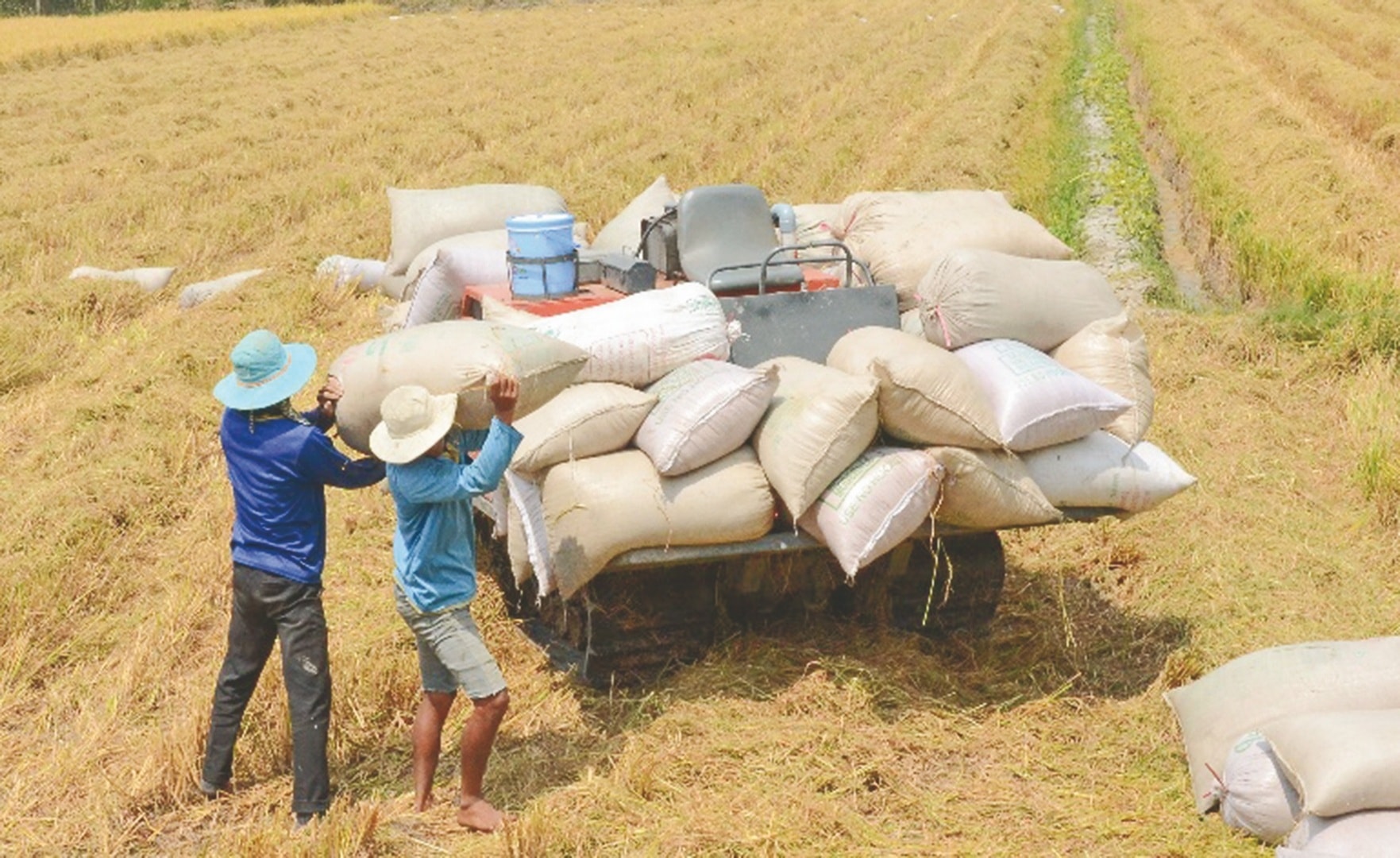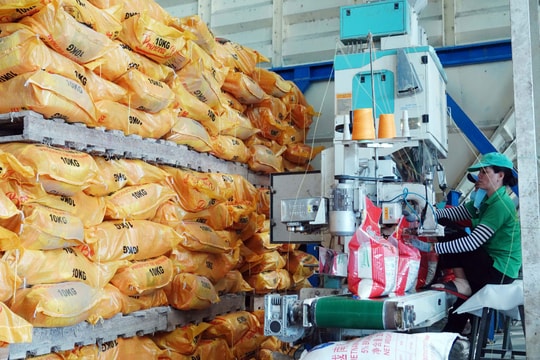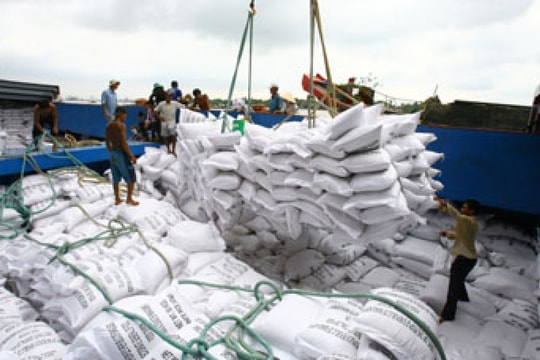Rice price today October 17, 2024: Domestic rice price slightly decreased
Rice price today October 17, 2024: Domestic rice price slightly decreased by 100 VND/kg. In the export market, rice price remained stable.
Rice price today October 17, 2024
In the Mekong Delta, rice prices decreased slightly today. IR 504 Summer-Autumn rice prices are currently 10,500 - 10,700 VND/kg, down 100 VND compared to yesterday. IR 504 finished rice is priced at 12,600 - 12,700 VND/kg.
In retail markets, rice prices generally did not change much, some types of rice had a slight increase in price.
Nang Nhen rice has the highest price of 28,000 VND/kg.
Jasmine rice costs from 18,000 - 20,000 VND/kg.
Nang Hoa rice costs 21,500 VND/kg.
Regular rice costs about 15,000 - 16,000 VND/kg.
Long grain fragrant rice is priced at VND20,000 - 22,000/kg, an increase of VND1,000/kg.
Jasmine rice costs 23,000 VND/kg.
Taiwanese fragrant rice costs VND21,000/kg, an increase of VND1,000/kg.
Regular white rice costs 17,500 VND/kg.
Soc rice usually costs 18,500 VND/kg.
Soc Thai rice costs 21,000 VND/kg.
Japanese rice costs 22,000 VND/kg.

Rice price today October 17, 2024
According to the latest information from the Department of Agriculture and Rural Development of An Giang province, today's rice price remains unchanged compared to yesterday. Specifically, IR 50404 rice is priced from 6,900 to 7,000 VND/kg.
Dai Thom 8 rice costs from 7,800 to 8,000 VND/kg.
OM 5451 rice costs from 7,200 to 7,400 VND/kg.
OM 18 rice is priced from 7,500 to 7,800 VND/kg, unchanged from yesterday.
OM 380 rice costs from 7,200 to 7,300 VND/kg.
Japanese rice price remains unchanged from 7,800 to 8,000 VND/kg.
Dried Nang Nhen rice costs 20,000 VND/kg.
In short, today's rice price is stable, no fluctuation compared to yesterday.
By-product price today October 17, 2024
The current prices of by-products range from 5,900 to 9,600 VND/kg. Specifically, the price of OM 5451 sheet is 9,500 to 9,600 VND/kg.
The price of dry bran is currently 5,900 to 6,000 VND/kg, a slight decrease compared to the previous day.
The price of sticky rice in the market remained unchanged. Long An IR 4625 sticky rice (dry) was stable at 9,600 to 9,700 VND/kg, unchanged from the previous day. Long An 3-month sticky rice (dry) was priced at 9,800 to 10,000 VND/kg, unchanged from the previous day.
Rice export price today
In the export market, Vietnamese rice prices remained unchanged from yesterday. According to VFA, the price of 100% broken rice was 439 USD/ton, 5% standard rice was 537 USD/ton, and 25% broken rice was 509 USD/ton.
Asian rice exporters are seeing prices fall as India ends its export ban. Prices in Vietnam, Thailand, and Pakistan have fallen by $15 to $50 per ton.
Vietnamese rice still maintains high prices thanks to the quality and diversity of fragrant and sticky rice varieties.
India's easing of the ban does not have much impact on the Vietnamese rice market because Indian rice is mainly used in processed products.
Vietnam has a stable alternative supply for the domestic market. Despite the price drop, Vietnamese rice exporters have not been much affected. High-quality Vietnamese rice is priced at $530 to $650 per ton, lower than international prices.
Vietnam has a competitive advantage by supplying high-quality rice at reasonable prices to major markets such as the Philippines, Malaysia, and Indonesia.
Mr. Nguyen Van Nhat - General Director of Can Tho Rice Export Joint Stock Company, said that Vietnam's fragrant rice and sticky rice are of higher quality than Indian white rice. Indian rice is often used as a raw material for processing, while Vietnamese rice maintains its position in the international market, even when competing with countries such as Thailand and Pakistan.
Pham Thai Binh, Chairman of the Board of Directors of Trung An High-Tech Agriculture Joint Stock Company in Can Tho, emphasized that India's lifting of the rice export ban will affect the rice market, as rice supply will increase. However, he also noted that Vietnam's 5% broken rice should not be compared with Indian rice.
Although both are called 5% broken rice, the quality of this rice in Vietnam is clearly different from that of India and Pakistan. Vietnam's 5% broken rice is highly appreciated for its flavor, freshness and suitability to consumers' taste, while India's 5% broken rice is often stocked and imported as raw material for food processing.







